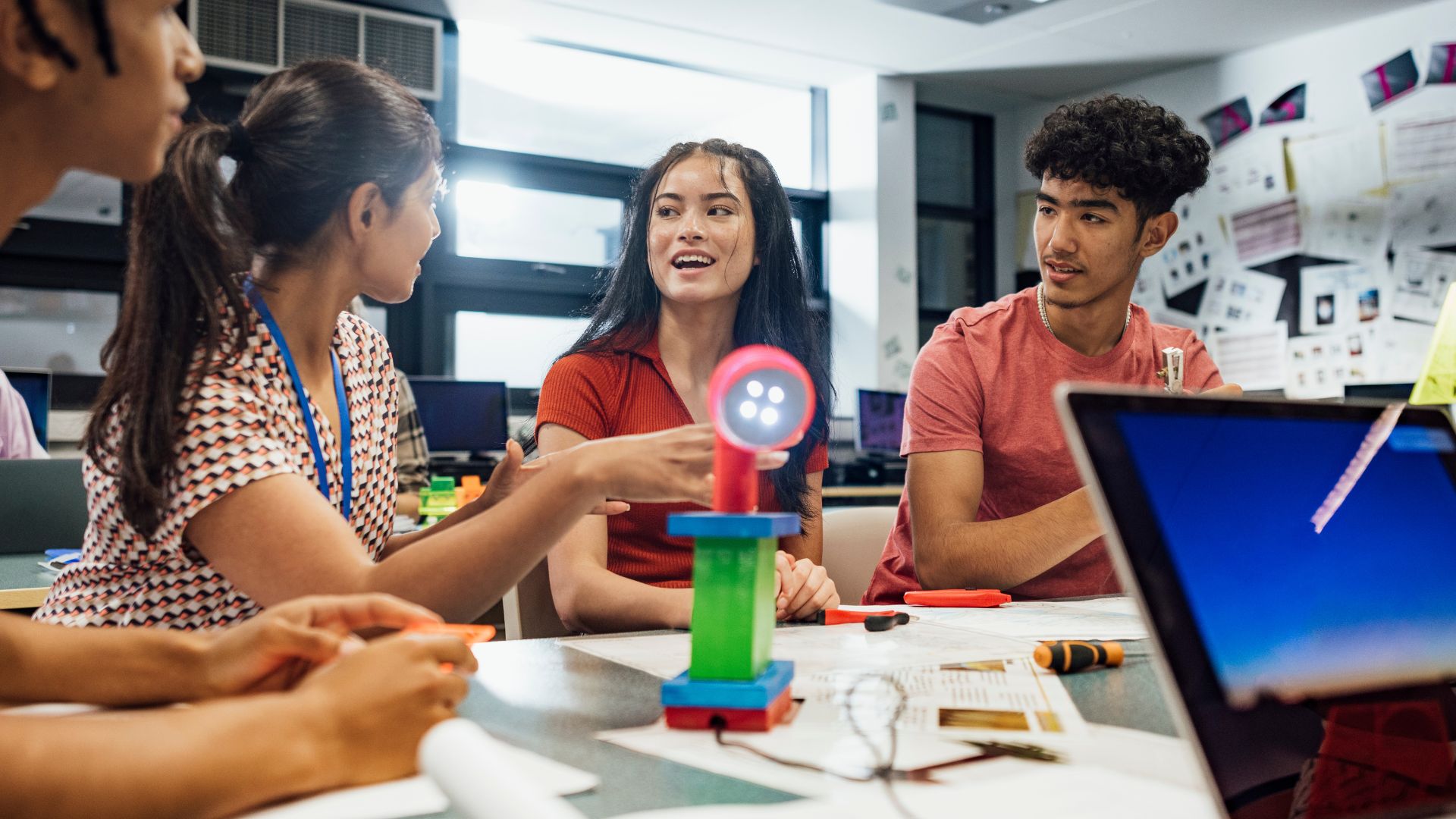Imagine standing at the helm of your classroom, no longer chained to the monotonous rhythm of chalk on slate. Instead, a vibrant canvas stretches before you – the Interactive Flat Panel (IFP). Its surface shimmers with possibility, projecting not just lessons, but entire universes waiting to be explored. Yet, a question lingers: as this digital map unfurls, where does your compass point, teacher? Fear not, for the IFP isn’t a chart replacing your role; it’s a compass transforming it.
Forget the sage on the stage; embrace the guide on the side. IFPs empower you to shed the mantle of sole information-giver and don the cloak of co-pilot, navigating alongside your students through the boundless sea of knowledge. Imagine students delving into virtual ecosystems you build together, their questions steering the journey, your expertise enriching the landscape. (A 2023 study by the National Education Association found that teachers using IFPs for collaborative learning projects reported a 45% increase in student engagement and a 38% improvement in critical thinking skills.)
But wait, isn’t technology supposed to personalize learning? Absolutely! The IFP becomes your magic wand, tailoring lessons to individual needs and learning styles. Imagine students choosing their own digital learning paths, adapting projects to their strengths, and exploring topics that spark their unique curiosity. (A 2024 report by the Center for Personalized Learning revealed that using IFPs for personalized learning initiatives led to a 42% increase in student motivation and a 35% improvement in academic achievement.)
This doesn’t mean abandoning your wisdom; it means sharing it differently. IFPs become platforms for co-creation, where your experience guides students as they build, design, and experiment. Imagine students constructing 3D models of historical landmarks you researched together, your knowledge the mortar binding their creativity. (A 2022 survey by the International Society for Technology in Education found that using IFPs for student-driven projects led to a 47% increase in student confidence and a 38% improvement in problem-solving abilities.)
So, chart your course with courage, teachers! The IFP isn’t an automated drone piloting your classroom; it’s a compass, guiding you and your students on a shared journey of exploration. Embrace the evolving role, the collaborative canvas, the personalized map. Remember, education isn’t about filling empty vessels; it’s about igniting curious minds. With the IFP by your side, you’ll not only share knowledge, but spark the flames of creativity, collaboration, and a lifelong love of learning in every student you encounter.
The future of education isn’t about replacing teachers; it’s about empowering them. So, raise your IFP compass high, navigate the winds of change, and watch your classroom transform into a launchpad for young minds, soaring towards uncharted possibilities, each fueled by the guiding light of a passionate, ever-evolving teacher.
Sources:
- National Education Association (2023) “Collaboration and IFPs: A Study on Student Engagement and Critical Thinking Skills”
- Center for Personalized Learning (2024) “The Power of Personalized Learning with IFPs: Impact on Student Motivation and Academic Achievement”
- International Society for Technology in Education (2022) “Student-Driven IFP Projects: Building Confidence and Problem-Solving Skills”


